There are few things worse than taking a steamy shower, only to be interrupted by a sudden stream of cold, trickling water when a toilet flushes. Having low water pressure can be highly frustrating. From slow dishwashing cycles to showers that feel more like a sprinkle, low water pressure can disrupt the way your home functions.
Whether you’re renting a house in Phoenix or you own a home in Atlanta, this article will help you understand your home’s water flow. We’ll answer all of your burning questions about water pressure, including what’s the difference between water pressure and functional flow? What causes low water pressure in the whole house? How can I test my home’s pressure? And much more. Let’s dive in.
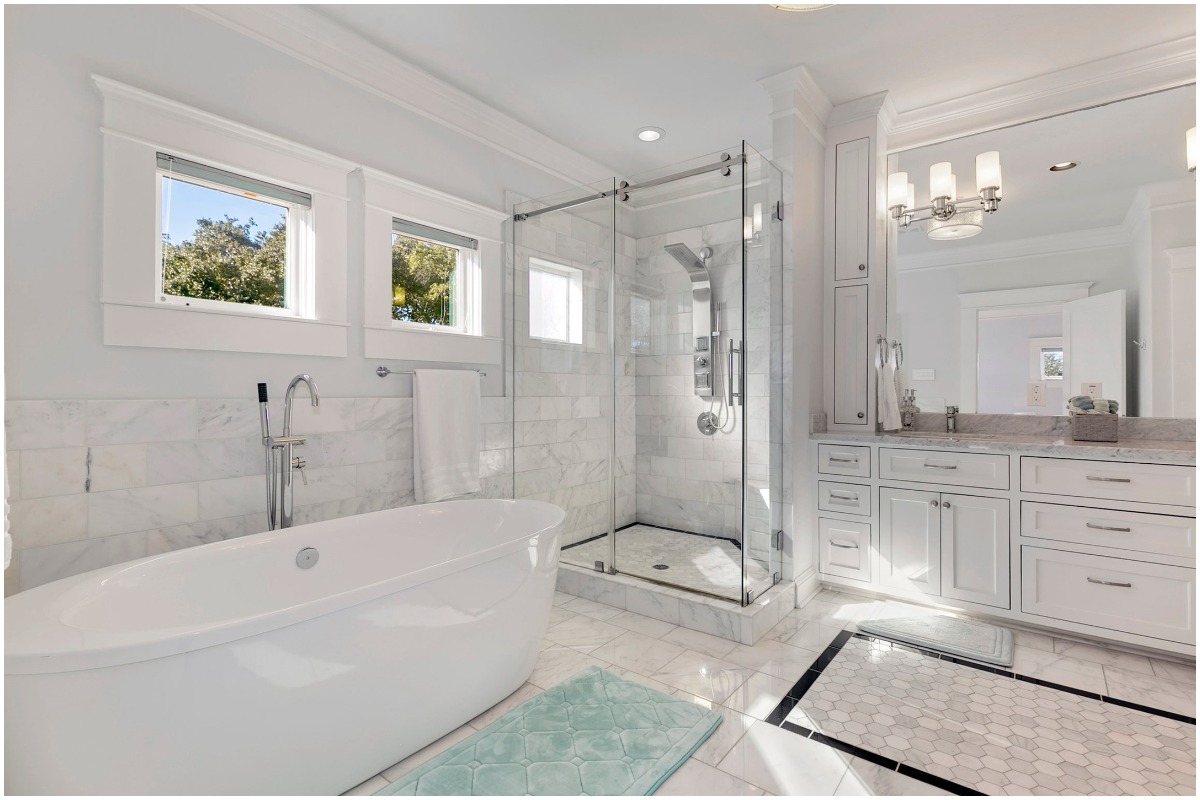
What is water pressure?
Water pressure is the amount of force from the water main into your home. It’s measured in pounds per square inch (psi), and normal water pressure is typically between 40 and 80 psi. Most plumbing professionals suggest that around 50 psi is ideal.
Renovating your home?
Find out what your home's worth, edit facts, and see the impact of home projects.
What is functional flow?
Renovating your home?
Functional flow is the volume of water flowing through your pipes and arriving at individual fixtures. Poor functional flow may be due to build-ups in the pipes or poor plumbing.
Common flaws in the functional flow
Poor functional flow can be an issue in old houses with galvanized steel pipes. Commonly installed until the early 1970s, galvanized steel pipes were manufactured with a galvanization coating designed to prevent steel pipes’ corrosion. When this galvanization wears off, the pipes occlude with rust. The result is a restricted piping system that won’t deliver adequate water to the fixtures even with all the pressure in the world. To fix the problem, you’ll need to replace the pipes.
Another common cause of poor functional flow is unprofessional water piping systems. Good plumbers know how to size the pipes correctly so that adequate water flows to each fixture. An amateur mistake is running too many fixtures off of pipes with too small a diameter. The result is inadequate water supply to fixtures or poor functional flow. This can be difficult to repair without piping replacement.
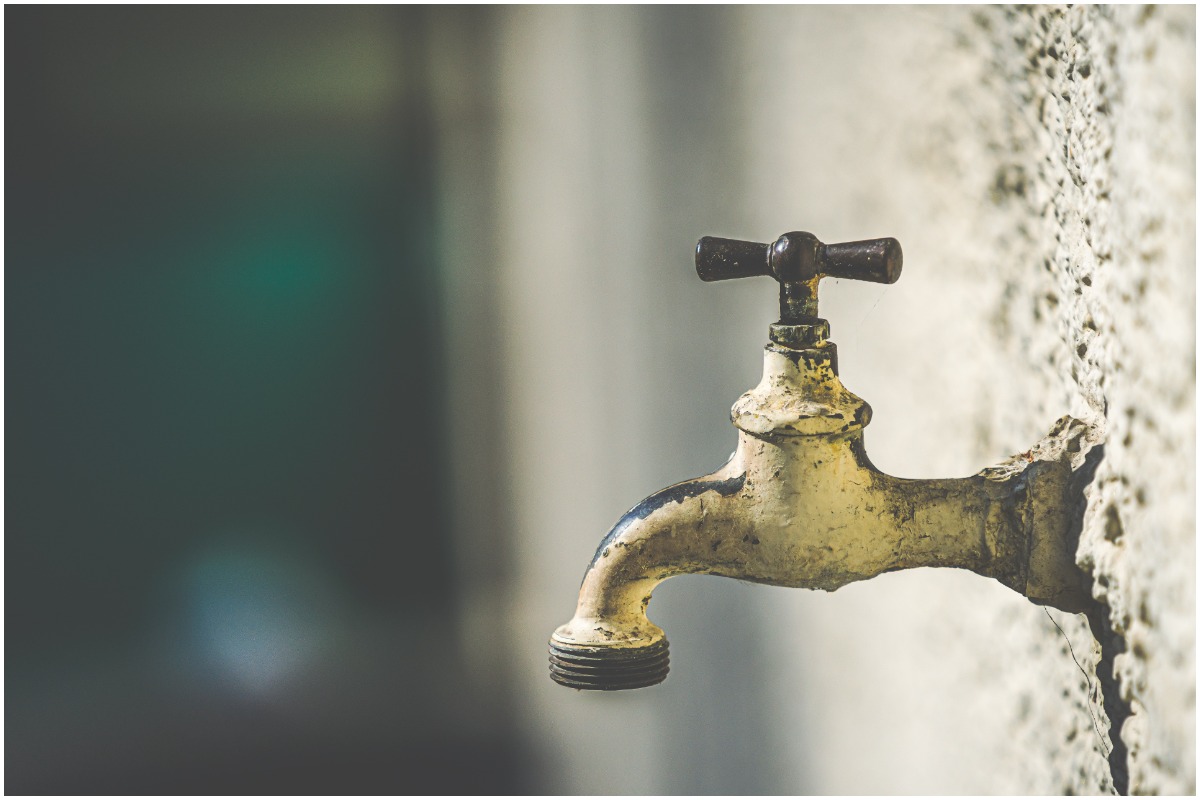
Just because a fixture has a poor flow or water pressure, don’t assume anything about the pipes yet. Other factors in the piping system can result in poor flow. Sometimes an angle stop (one of those shutoffs below the sink) may be partly closed. Fixture aerators (the little screens inside the faucets) can become restricted. The main water shutoff to the house could be partially closed, or the supply connector hoses could be kinked or restricted.
How to test a home’s water pressure
The simplest and most accurate way to determine your home’s water pressure is by using a standard pressure gauge. Start by locating the cold water supply faucet used by your washing machine. After disconnecting the washing machine from the tap, screw on the water pressure gauge. Turn on the faucet all the way and observe the pressure gauge to determine if your home has a standard water pressure between 40 – 80 psi.
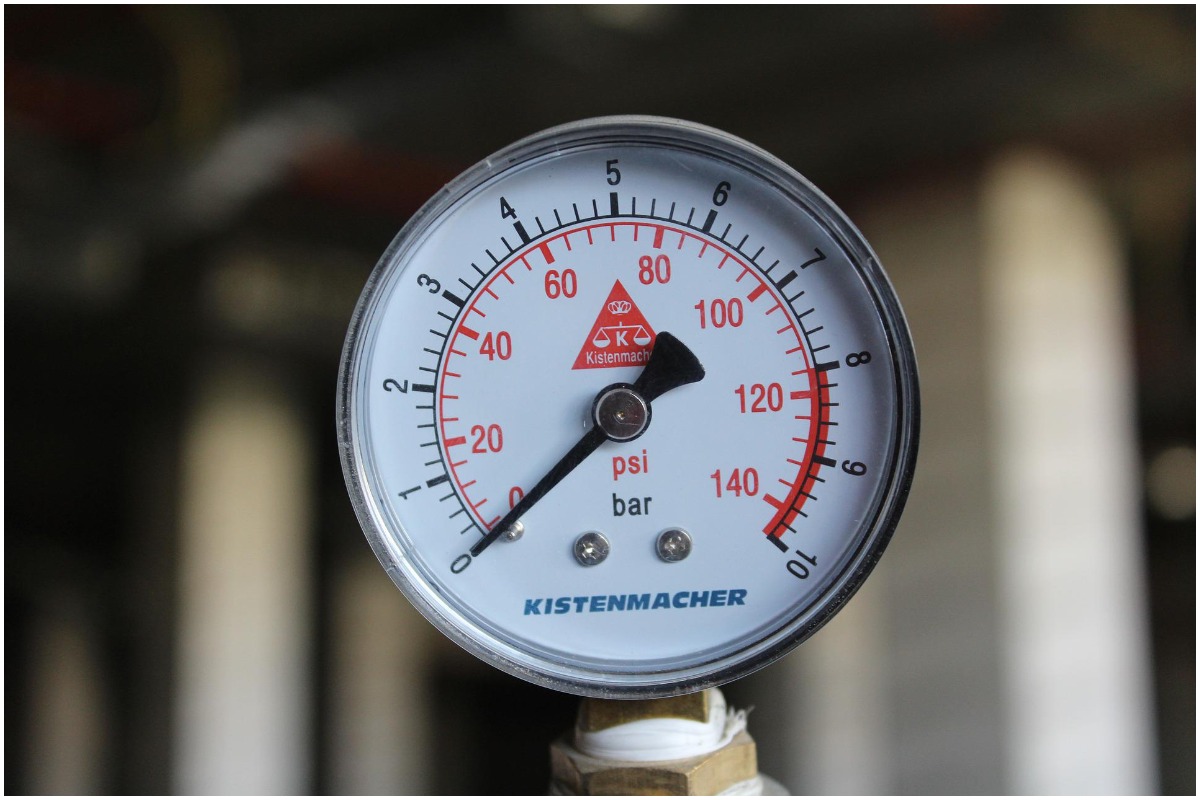
To test your home’s water pressure without a pressure gauge, go to a bathroom in your home and turn on the sink and the shower. Wait for a satisfactory water temperature in the shower, then flush the toilet. See if the flow of the shower diminishes. If the water pressure significantly drops while the water in the toilet is re-filling, then there’s a good chance your water pressure is low.
How to increase water pressure in your house
Determine if your home is on a public water supply system or a private well: If your house has low pressure, you first want to determine if your home is on a public water supply system or a private well system. Most public systems must deliver a minimum of 30 psi, so inadequate pressure on public water systems is rare.
Install a pressure booster: If your house is on public water supply and the utility company can’t improve your pressure, the solution involves installing a pressure tank and a pump. This gives your supply piping system a pressurized boost.
Adjust the pressure-reducing valve: Most homes have a pressure-reducing valve on the main water supply pipe. You can increase water pressure by loosening a locknut on the valve.
Contact a well-pump technician: If your house is on a private well, poor water pressure could indicate a problem with the captive storage tank or the pump. It’s best to have the well system serviced by a qualified well expert.
Looking to save money on your mortgage?
4 Frequently asked questions about your home’s plumbing system
1. What causes low water pressure in the whole house?
There could be many reasons a home could have low water pressure; one of the most common culprits is leaking or clogged pipes.
“It’s important to ensure that your pipes are in good condition and free of leaks. Regularly check for any signs of water damage, such as leaks or water stains. If you do find a leak, be sure to repair it immediately. Second, make sure to keep your drains clean and clear. Over time, hair and other debris can build up in your drains, causing them to clog. To prevent this and fix low water pressure, regularly use hot water with bleach or snake to clear out any blockages.” – Lance Ball, Owner of Aspen Mountain Plumbing
Other issues that may cause low water pressure in your house include corroded pipes, a bad pressure regulator, or the fact that your home sits in a neighborhood where several houses draw their water supply from the same pipe system.
“If your home has public water, but the water pressure is too low, consider calling the water municipality to have them check it out. Oftentimes, the valve at the street is not fully open, or they have a restrictor in the water meter.” – ValveMan
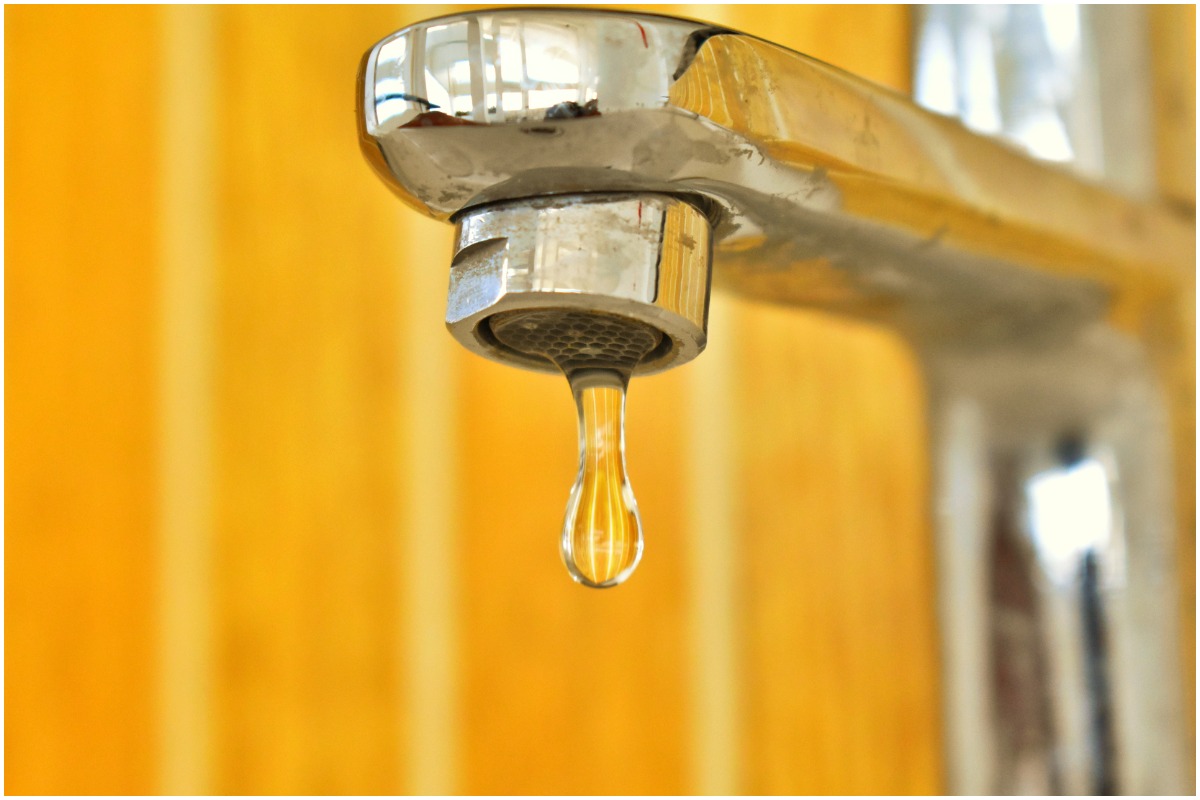
2. How do I prevent lawn faucets from freezing?
“To prevent your lawn faucets from freezing over winter, make sure to winterize them each fall. Turn off the stop and waste valve in the basement, open the lawn faucet to drain and remove the brass bleeder cap on the valve to drain inside, replace the cap, and leave the lawn faucet open all winter. In the spring, close the lawn faucet, make sure the bleeder cap is tight and open the valve. This should help your faucets from freezing and help you avoid costly repairs.” – St Paul Pipeworks
3. How do I know if my home’s water pressure is too high?
“Here are some common signs that your water pressure may be too high:
- Failing expensive plumbing fixtures and faucets
- Banging, leaking, or damaged pipes
- Early failure of a new water heater or tank
To gauge your home’s water pressure and reduce the risk to your home’s plumbing, consider installing a pressure regulating valve.” – MESA Plumbing, Heating and Cooling
4. How can I keep my home’s plumbing healthy?
“Homeowners should do a 16-point plumbing inspection once a year. This will help prevent any plumbing issues, emergencies, and unforeseen issues. Lack of maintenance allows build-up to occur in your sewer line, causing deterioration of the pipes.
Also, new homeowners should consider getting a sewer scope inspection before purchasing a new home. It can help the buyer see if there are any major issues that’ll cause your sewer line to back up or collapse.” – Economy Drain Cleaning & Plumbing









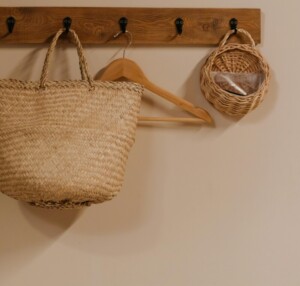

















 United States
United States Canada
Canada